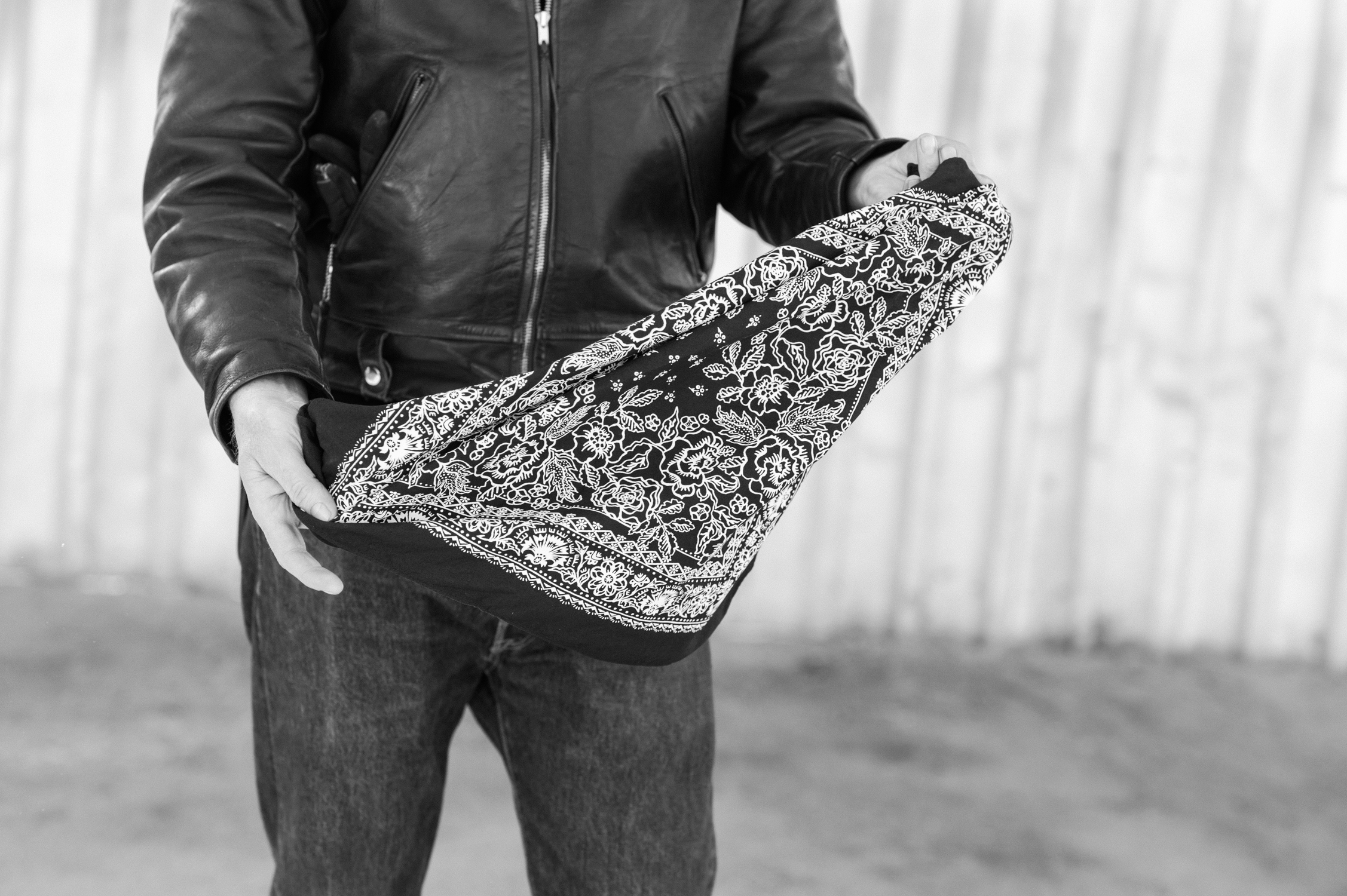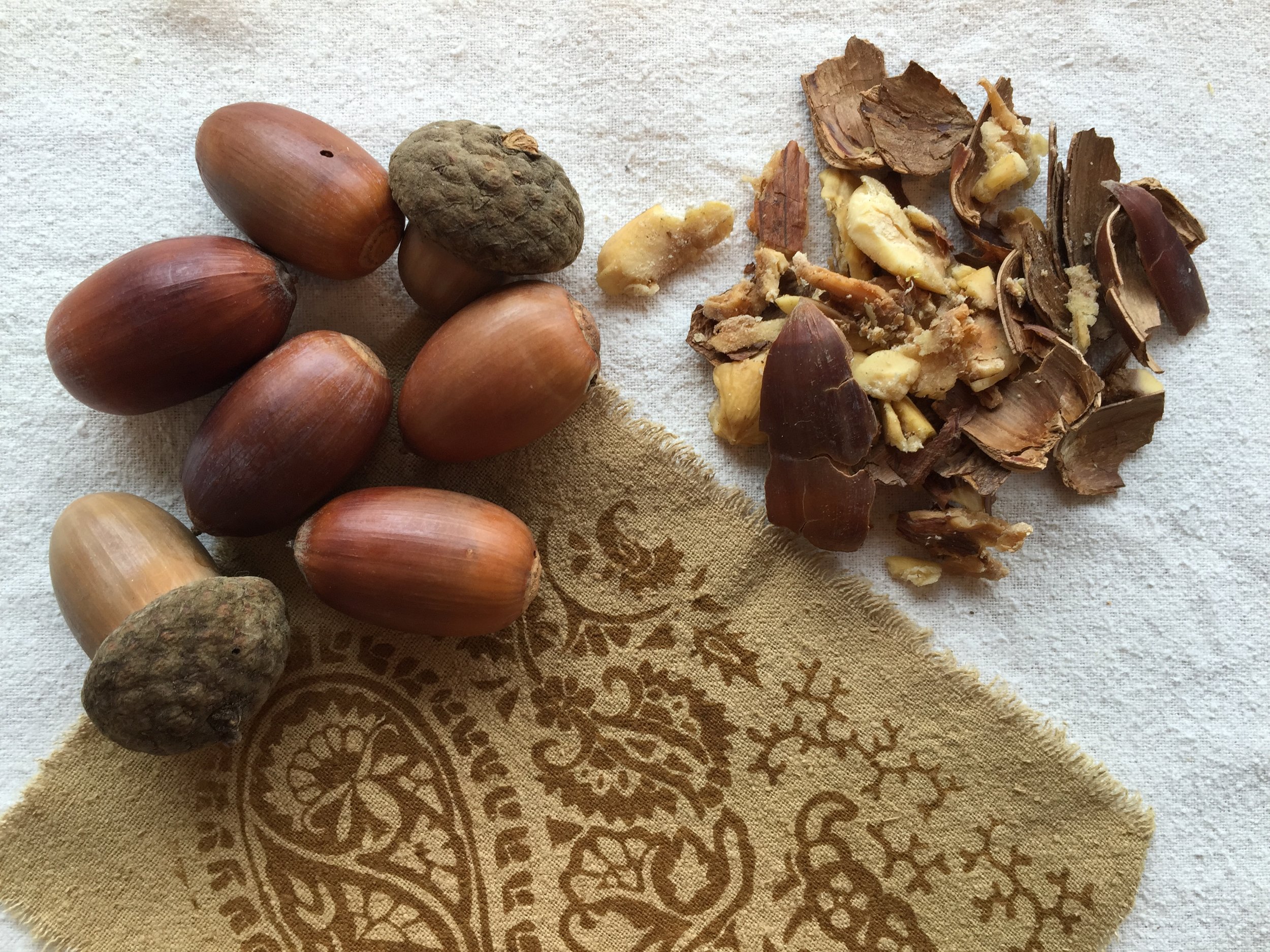Photo courtesy of Heidi Zumbrun
Few have done more than John Wayne to prove that an American classic never goes out of style.
Written by Jenn Thornton
Few have done more than John Wayne to prove that an American classic never goes out of style. A strong case, however, is the bandana, an emblem of national cowboy culture that, with sartorial swagger in film after film, the Duke donned. In doing so he helped elevate this ever-democratic piece of fashion to icon status. Now, American maker Lindsey Fout, the artist and textile designer behind Los Angeles-based Last Chance Textiles, is rebranding this staple of westernwear, infusing it with a new-generation perspective and deeply rooted western sensibilities.
A native West Virginian whose upbringing in rural Appalachia informs the integrity and utilitarian aspects of her brand, Fout was later moved by “the vastness and wildness of the West” while exploring the deserts and High Sierras of California. “My Appalachian heritage is ingrained with a lifestyle built on practicality and a strong work ethic,” says Fout, but “I think of westernwear as an elaboration on workwear made for specific demands of the west. That kind of integrity and utility is a theme that bridges the two chapters of my personal history.”
Photo courtesy of Lindsey Fout
Photo courtesy of Lindsey Fout
In expressing an American-made ethos—Fout uses an experimental and physical process to underscore the singularity of each bandana, all of which are cut, sewn and screen-printed in Los Angeles—Last Chance Textiles reflects the genuiness, authenticity and individualism that John Wayne embodied.“If I’m not making an item with my own two hands,” she says, “I want to have an intimate knowledge of the process and condition of its creation.” True to form, Fout draws all patterns by hand and, for some of her natural dyes, forages and extracts from wild sources.
Fout’s interest in timeless bandana motifs make her a bit of a historian. She shares that the popular paisley motif is an ancient one born in Persia and takes its English name from a Scottish town where shawls in the pattern were made during the 1800s. Later, she adds, the motif was reproduced on printed fabric and traveled west in the form of bandanas. “Reimagining heritage means more than reproducing a classic design. It is inviting your own time, culture and personality to shape the work,” says Fout, whose work shifts and expands expected color palettes. Along with using earthier red and blue hues for bandanas, she mix and matches historical references and techniques. Last Chance Textiles also fashions larger scarves called “wild rags “ and boho slides handcraved from walnut and oak wood into simple, beautiful shapes.
Uniquely for such a classic piece of Americana, the bandana is a bridge across time and culture. But for Fout, “such widespread adoption” of the piece is what makes it so very American. “I like to think of it as a thread through time with many stops along the way,” shares Fout, who confesses to owing few bandanas. “Prior to making my own, most of the bandanas I had were stolen from my dad’s collection—pilfered out of his laundry once they were worn-in and perfectly soft.” This brings in the generational aspect—the bandana as American heirloom.
If Fout were to make a bandana for John Wayne today? “I like the image of John Wayne in the plain red bandana he wore in True Grit,” says the designer. “Given the opportunity, I would shake that up and make something equally striking, but fresh. Perhaps a subtle pattern on an emerald green or turquoise piece.” Like Duke himself, a true original. lastchancetextiles.com
Photo courtesy of Lindsey Fout
Photo courtesy of Stefan Wigand







